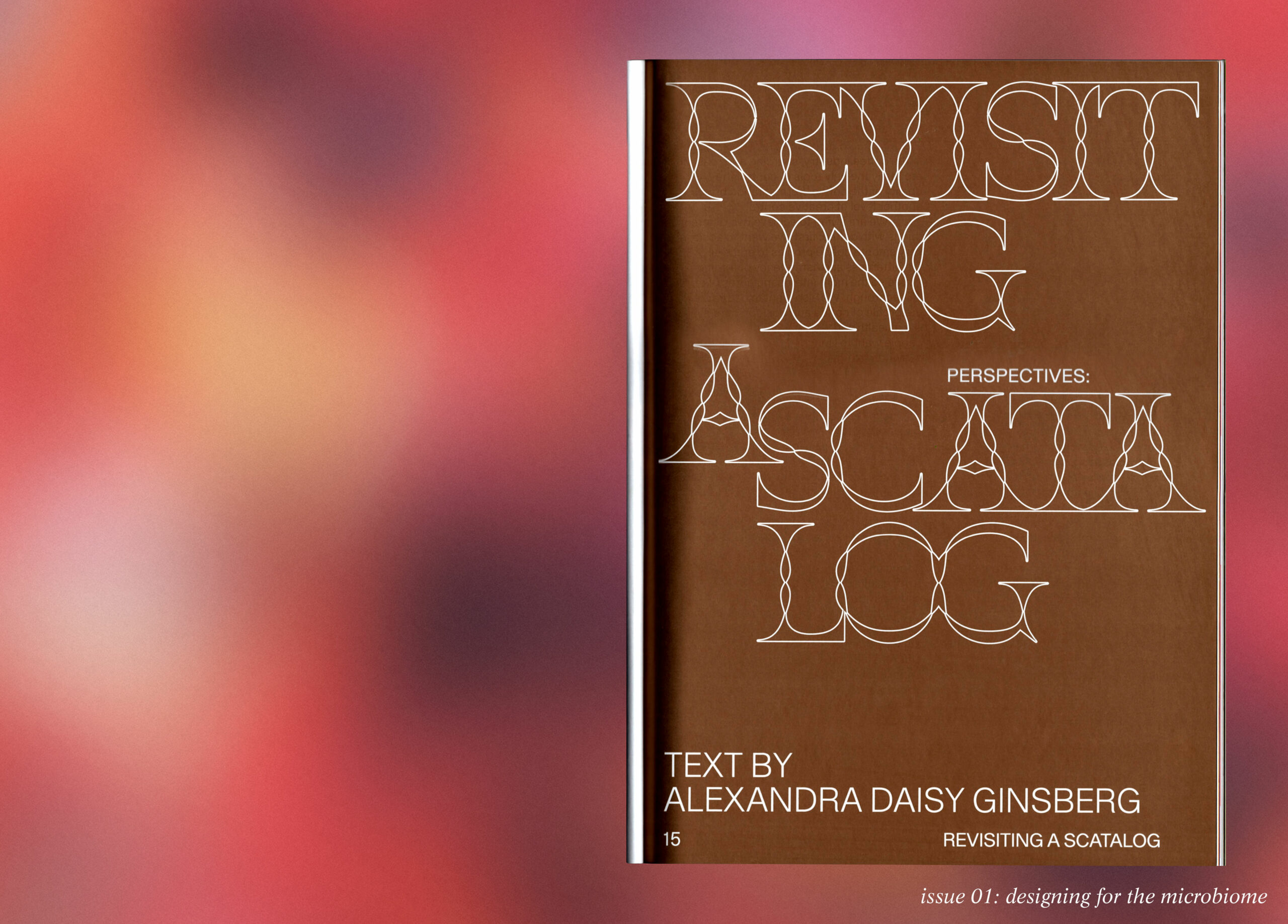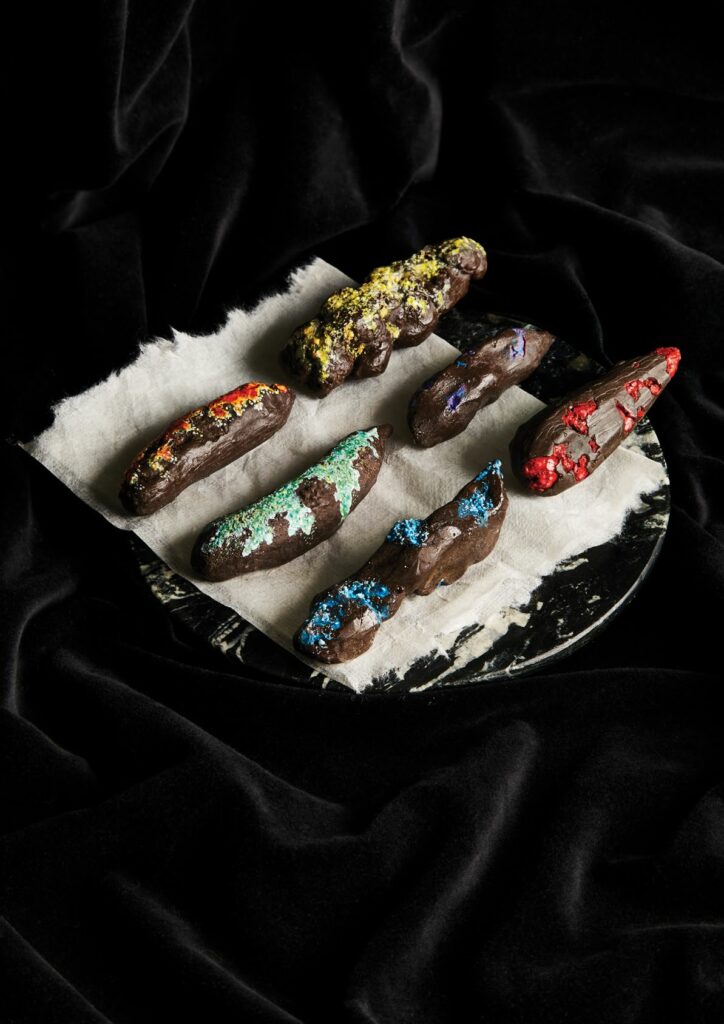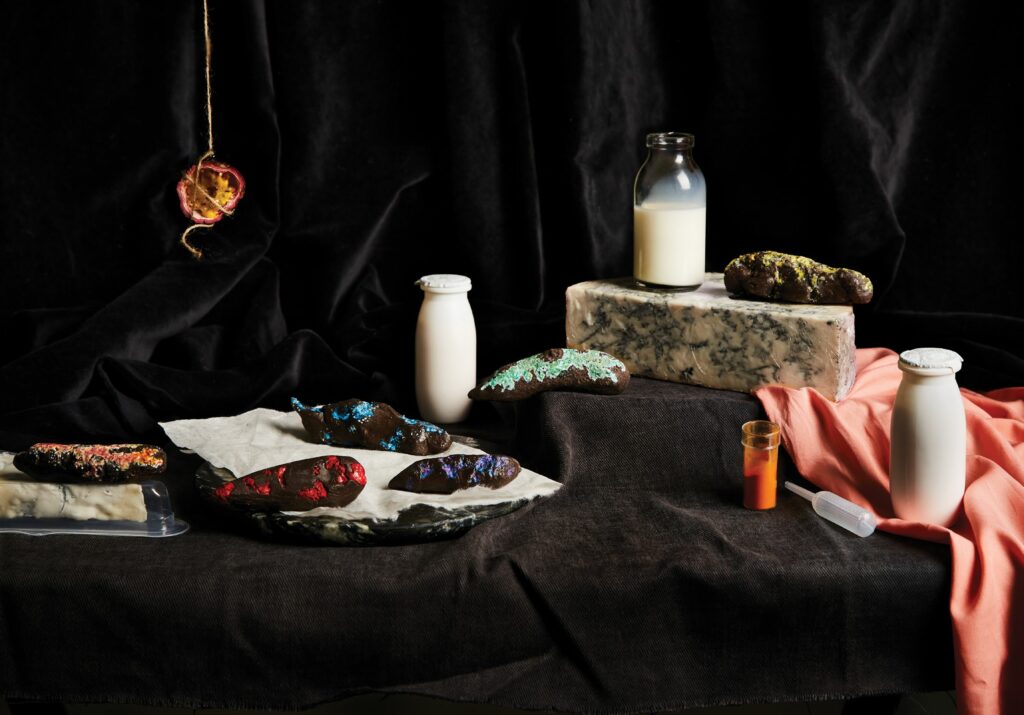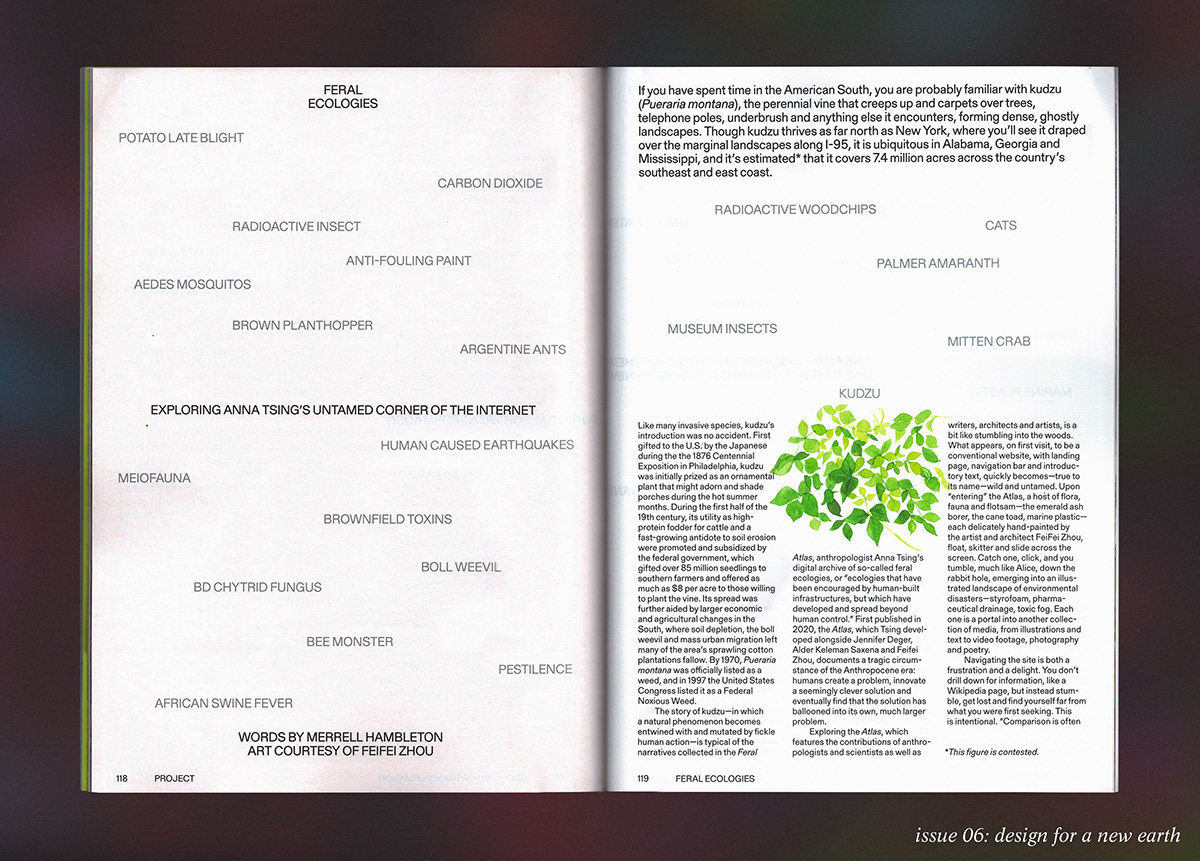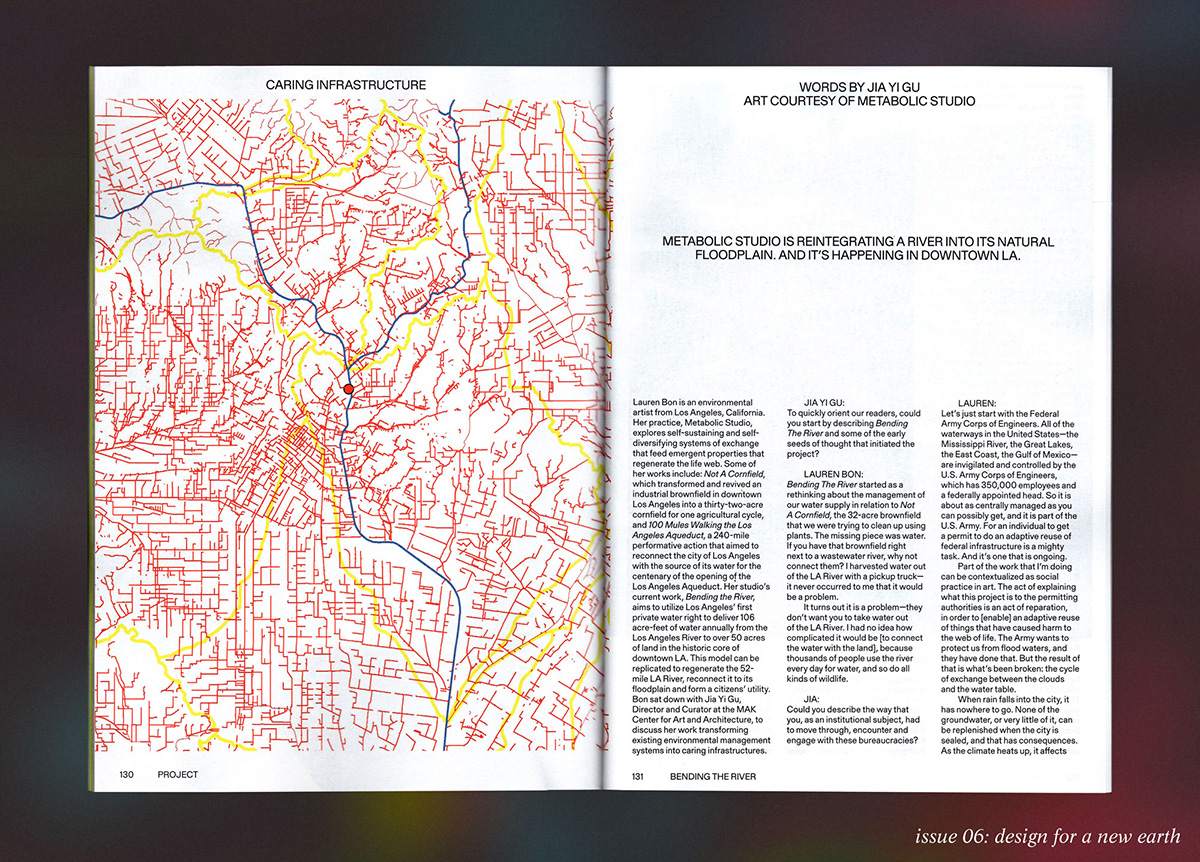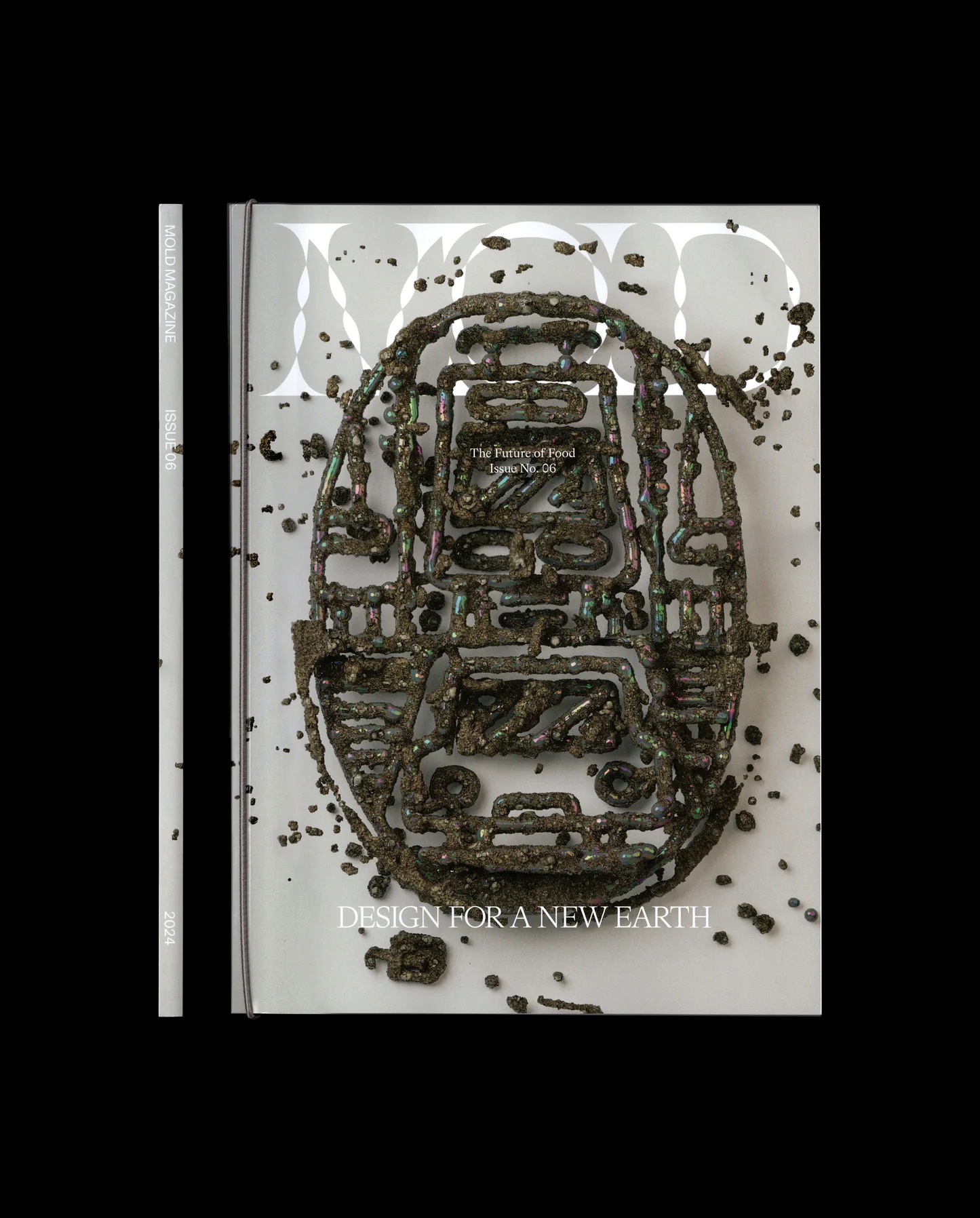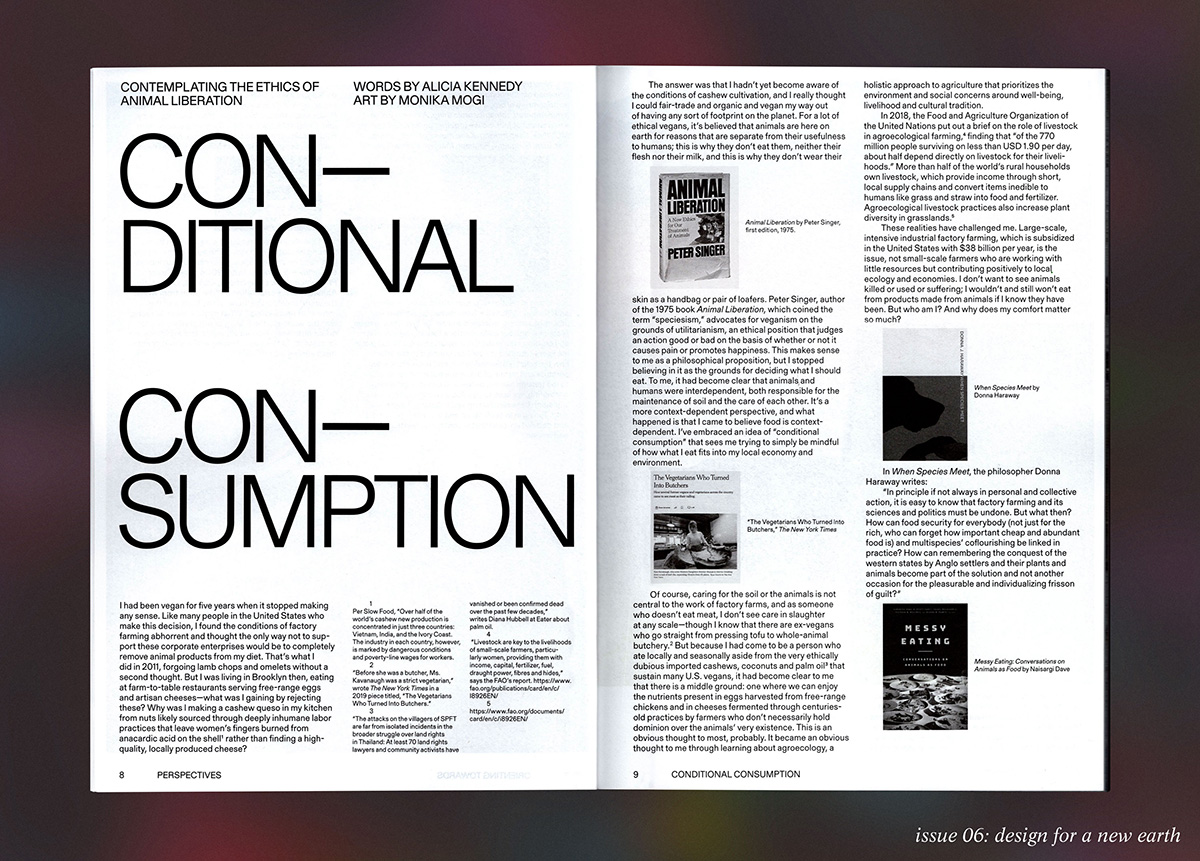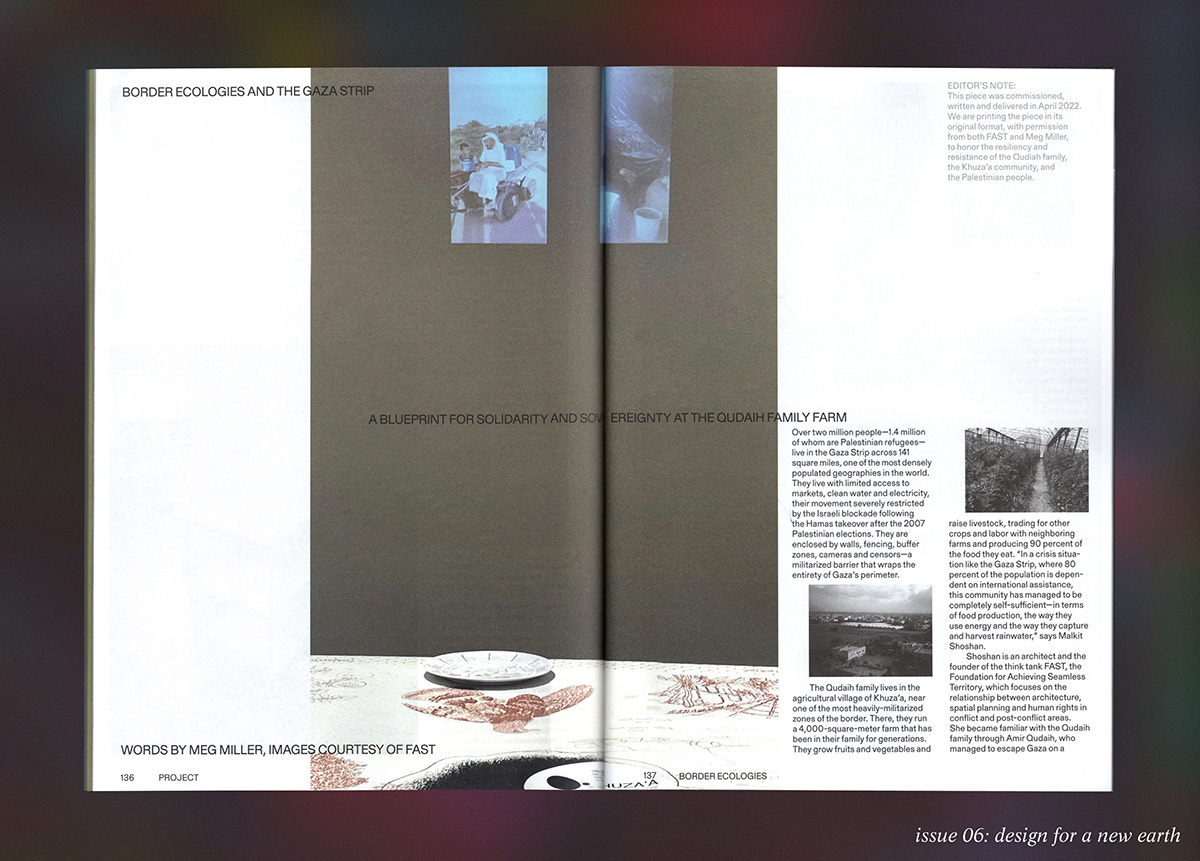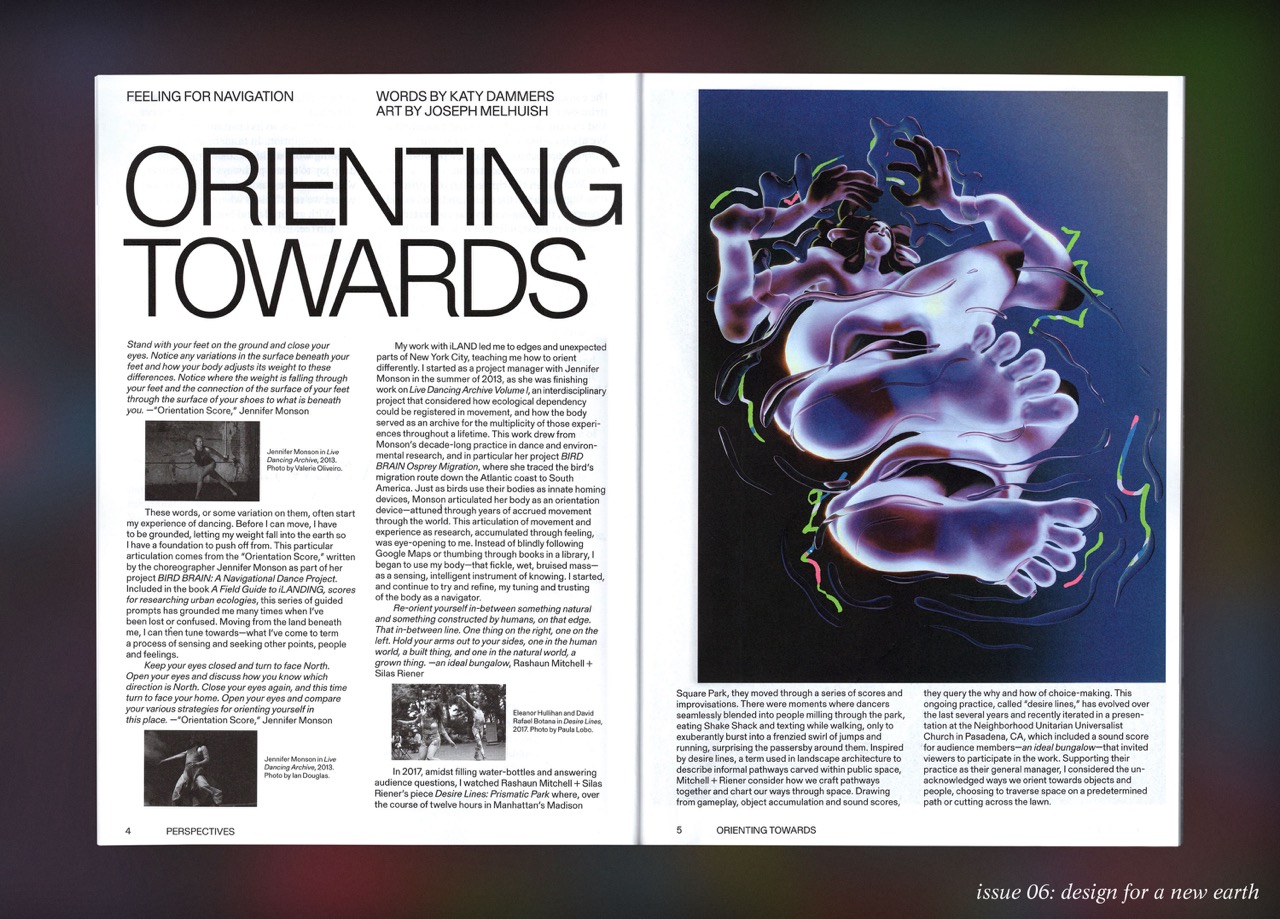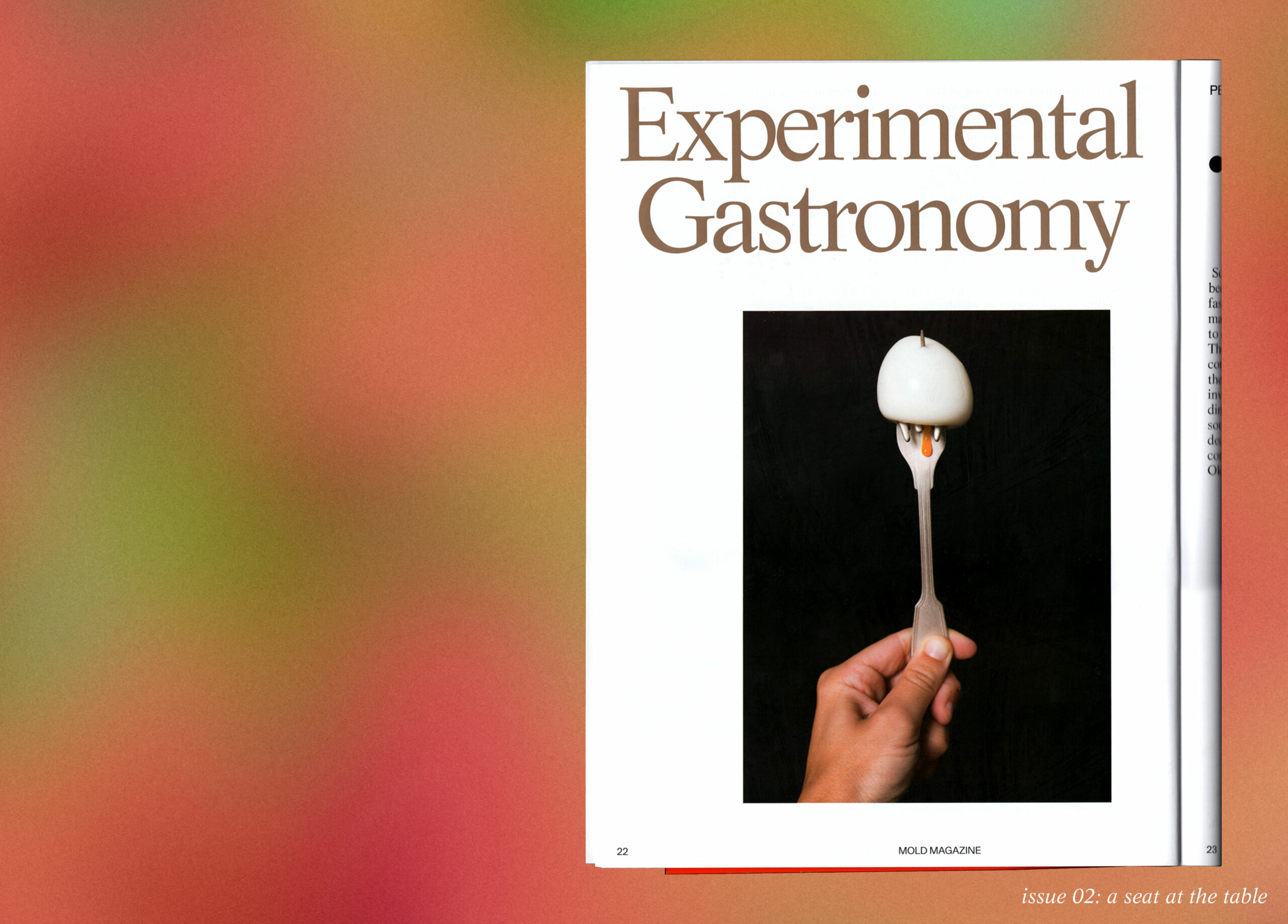From MOLD Magazine: Issue 01, Designing for the Human Microbiome. Order your limited edition issue of MOLD Magazine here.
In 2009, an aluminum briefcase filled with six rainbow-colored plastic turds traveled from London to Boston for the International Genetically Engineered Machine (iGEM) competition. The briefcase contained the E. chromi Scatalog, a speculative design project set 30 years into the future when consumers would be able to buy a probiotic yogurt containing engineered “E. chromi” bacteria that would detect chemical signals and diseases in the gut to produce feces of corresponding colored output. Colored poop would be a provocative conversation starter in any setting but the iGEM competition is a unique gathering of scientists and engineers who are inventing the nascent field of synthetic biology.
Text by Alexandra Daisy Ginsberg. Photography by Louise Hagger.
For designers Alexandra Daisy Ginsberg and James King, graduates of the Royal College of Art’s Design Interactions masters program, the Scatalog represented months of wrestling with questions in synthetic biology, big and small, with a team of undergraduate students from the University of Cambridge and the project was an opportunity to present a case study in how designers might work with scientists and engineers to help define the field.
Eight years after its introduction, Daisy Ginsberg revisits the project’s impact on synthetic biology and raises questions about whether engineering living organisms fulfills the promise of a better world by design.
When we first proposed the Scatalog, I had spent a year and a half thinking about synthetic biology. At the time, the field was using machine and computer imagery to represent their ideas, so electronic circuits and cogs. Having spent some time in the lab with the Cambridge students who were engineering bacteria to produce colored pigments for iGEM (which we called E. chromi), we were struck by the wet, biological nature of what we were working with and how in synthetic biology there seemed to be a coyness to talk about the actual living material. We thought the gut suggested a really interesting future computer interface that tapped into a few different things.
One was aesthetics: if you don’t want to design with a biological aesthetic (and what is that?), then what will synthetic biology do? Confronted with the gut as a design space, were people squeamish? The second part was a provocation. We set the Scatalog in 2039 to talk to the scientists about when it would be possible to do this. Drew Endy, the Stanford synthetic biologist, was adamant that it would be technologically possible much sooner and he may be right, but we wanted to discuss when would it be culturally acceptable? Could a biological design ever be stable enough to be relied on for this kind of function? We talked with the students about how a consumer probiotic yogurt that could detect disease could even change the structure of healthcare provision.
That’s how we try to get designers and synthetic biologists to think on this different scale of implications, rather than just applications. For example: If you could go to the supermarket to buy healthcare, you’d check your poo every day. Would you become more neurotic, thinking that maybe you had cancer? What happens with false positives or negatives? How would you design something that’s so stable that it wouldn’t evolve in your gut? If you are relying on a technology to tell you if you have a disease, how reliable does that technology have to be? But now there are companies starting up in this space, like Synlogic in Boston and I’m really curious how they deal with the evolution of designed, living things.
In 2014 Jonathan Kotula, now Synlogic’s lead synthetic biologist, wrote a paper about engineering programmable bacteria for the gut. The funding came from a DARPA call to find ways to protect American intellectual property in an emerging global bioeconomy. Programmable bacteria open up the idea of internal surveillance a fascinating new space raising issues around ownership of designed, living things inside your gut that can record signals. If you poo out engineered bacteria that are designed to reduce ammonia levels in the bloodstream, something that Synlogic is working on to treat a debilitating genetic disorder, how does that bacteria live in the waste stream, in the sewer and beyond? Who is going to control or set up the legislation up for those things?
Designed probiotics seems like a magic pill but there are many issues that are really intriguing to think about — from surveillance to contamination, evolution to ownership. The jury’s still out on whether things like the probiotic drink Yakult, which was originally isolated from someone’s shit, actually do anything. So would adding an engineered bacteria that you would take every day make a difference? How much of it would you have to ingest? There’s so much complexity around the microbiome and we are still learning about how these communities of bacteria live together.
The microbiome, whether the skin or the gut, is not an isolated context to design in: it connects us, inside and out, with the spaces we inhabit. It’s fascinating to think about the microbiome and how we might control it. Will designing it make it better? I don’t know but I don’t think it has been discussed from this perspective in depth yet. It’s a new space for design.
